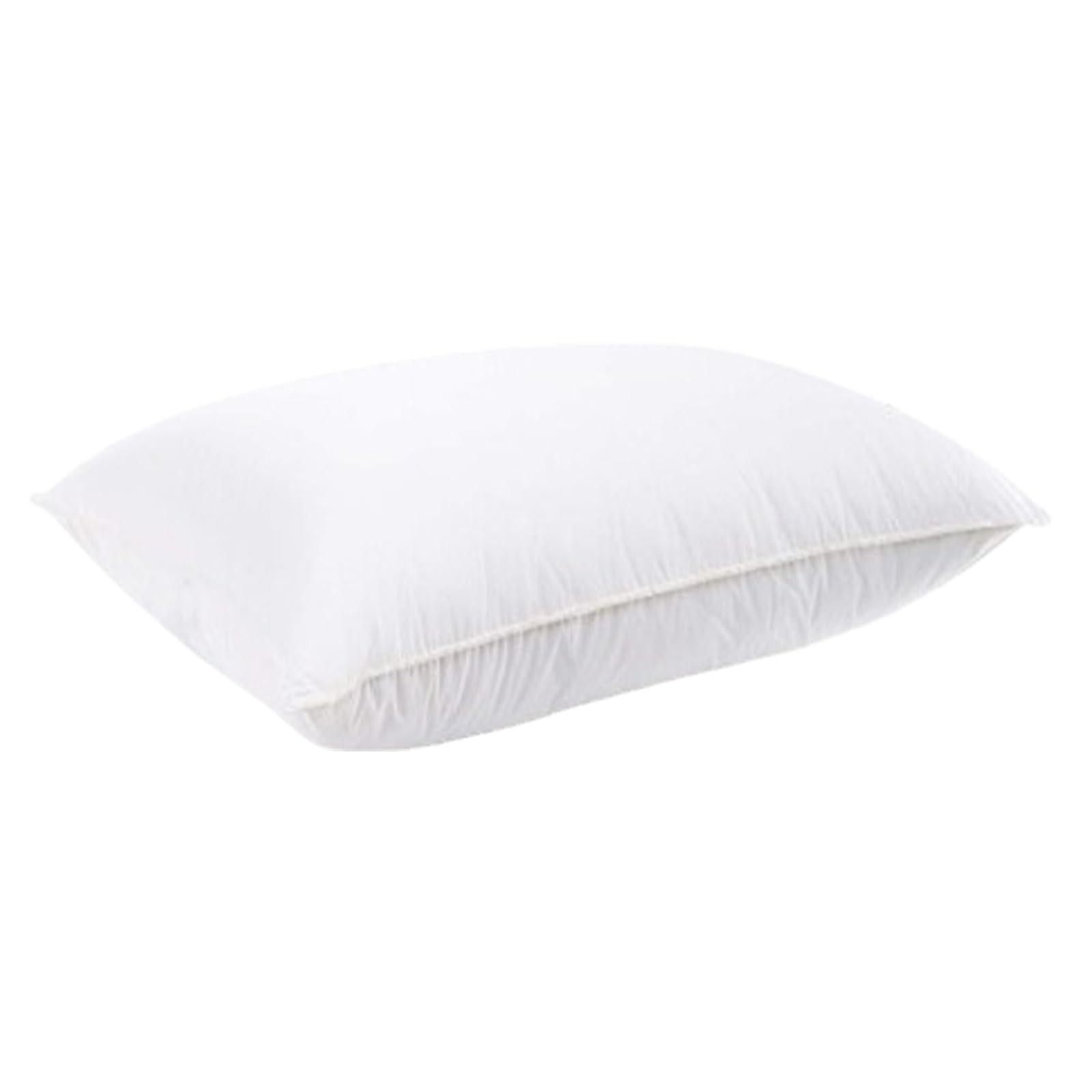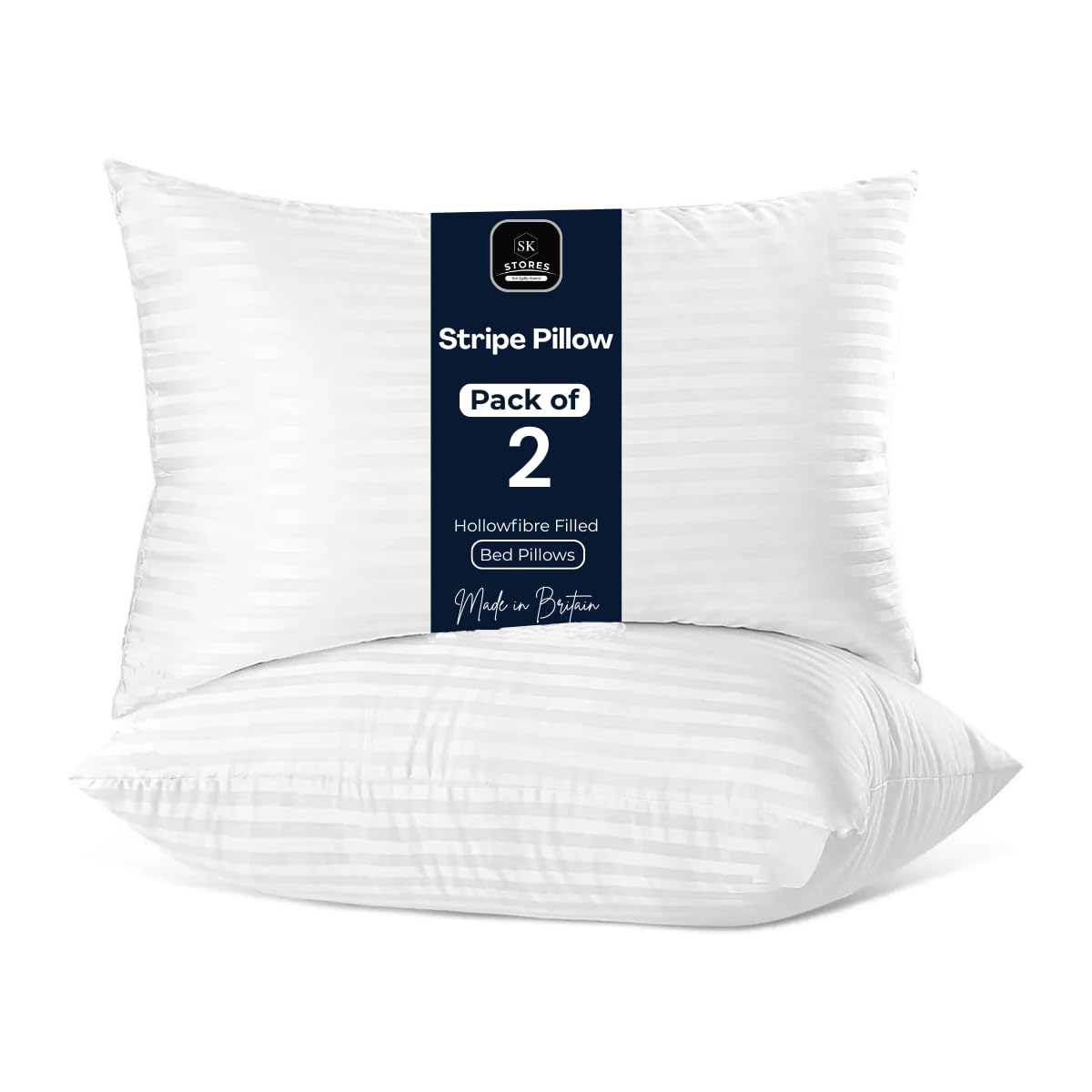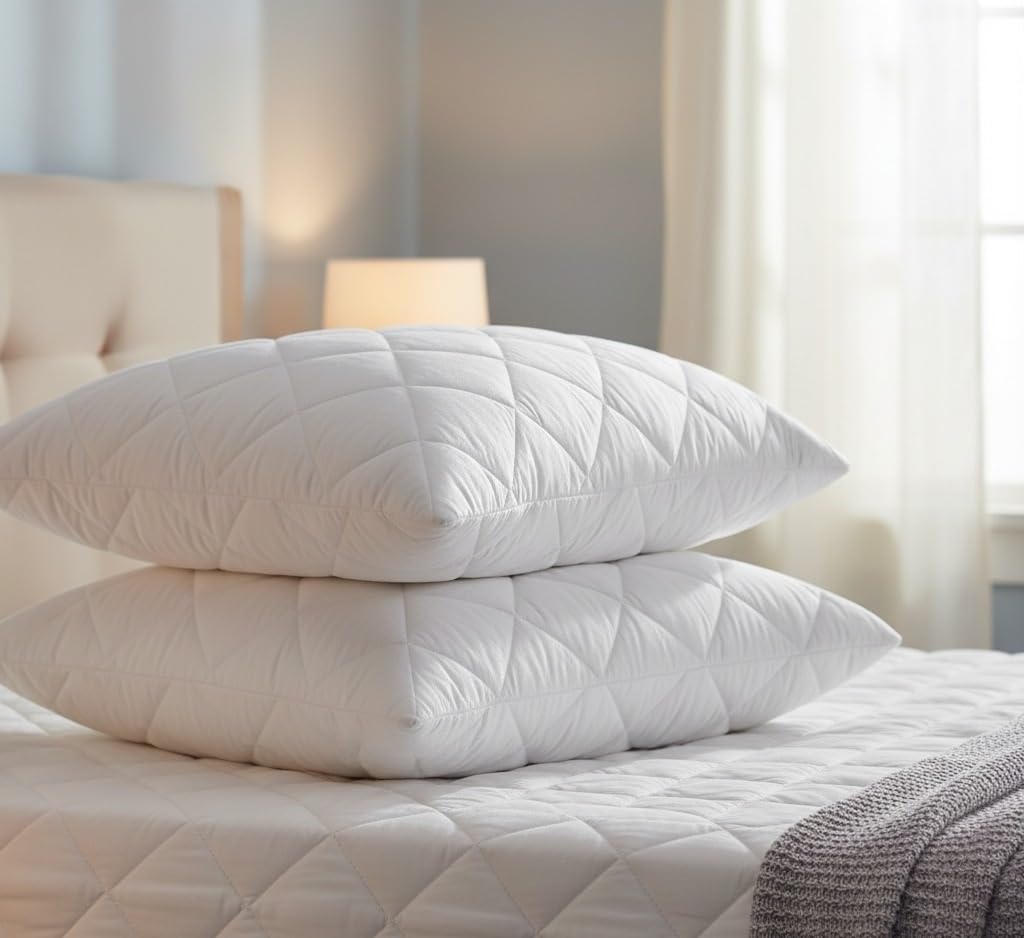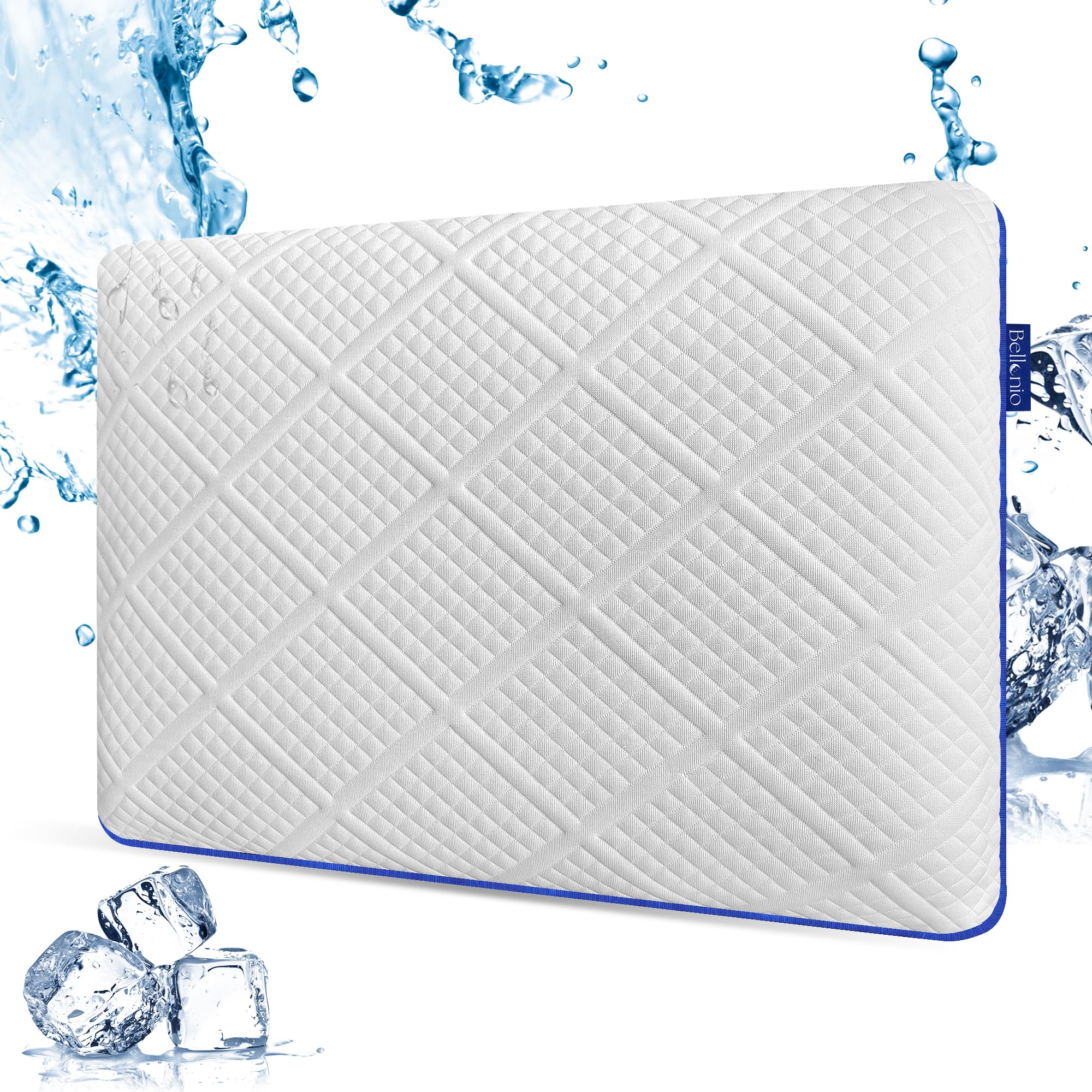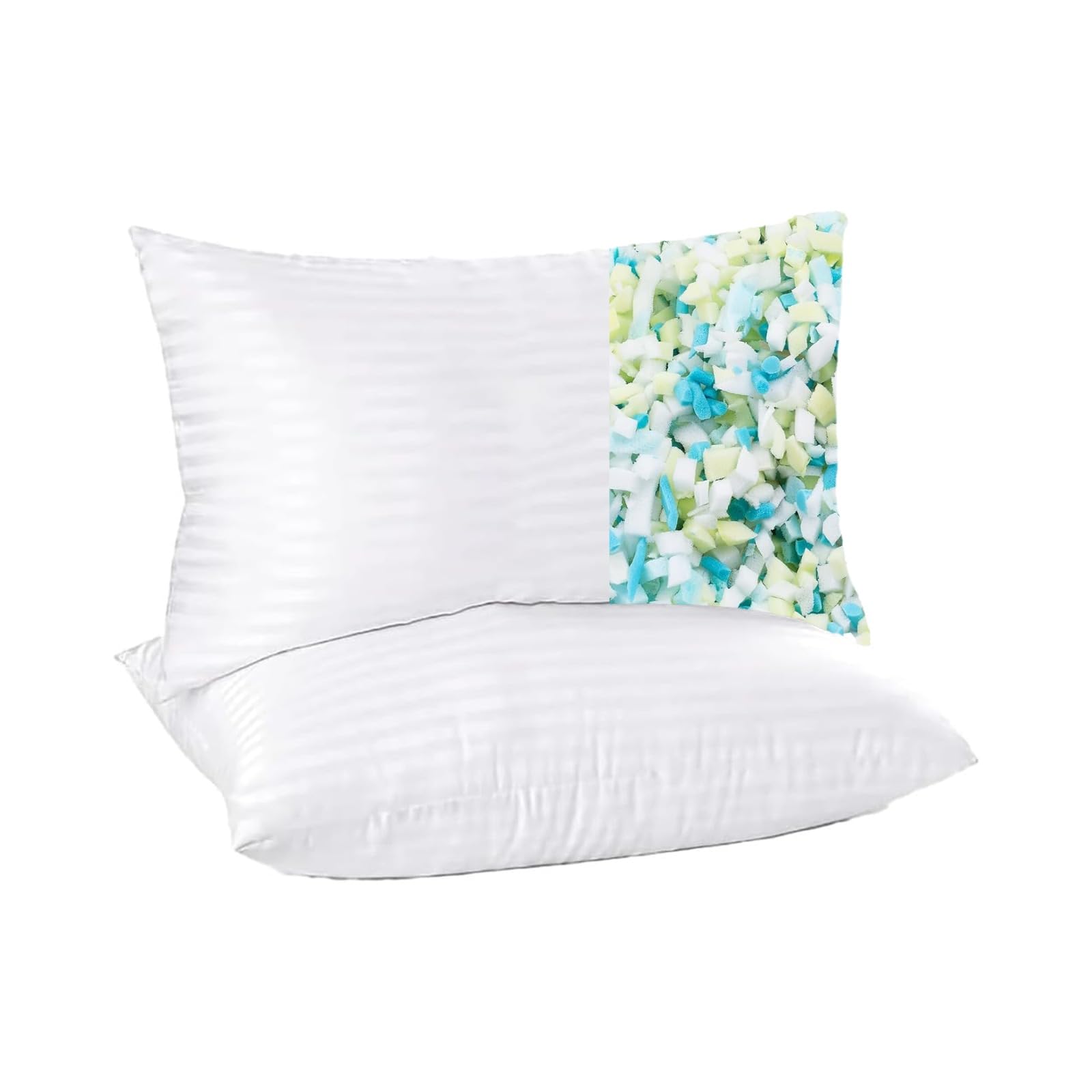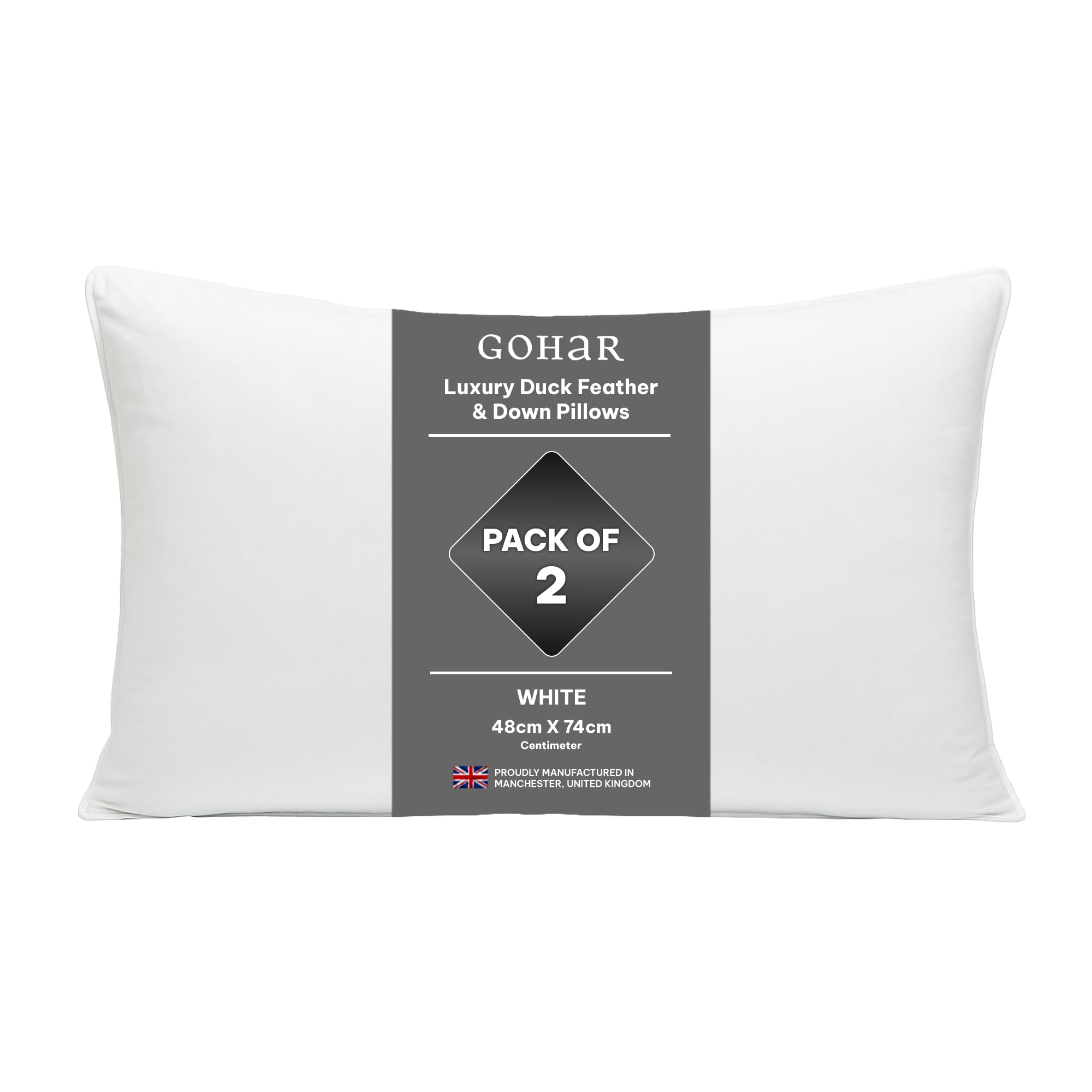Migraines and morning headaches can flare when neck muscles work through the night or when you sleep in a position that stresses the upper spine. The right pillow supports the head in a neutral posture, which reduces strain that can trigger headaches for some people. This UK guide explains pillow height by sleep position, materials that keep muscles relaxed, and small habits that make mornings clearer.
Neck comfort starts with pillows matched to sleep position and consistent loft.
Neutral alignment matters
Pillows that are too high or too low force muscles to hold the head up or down. For side sleepers, the pillow should fill the space from the shoulder to the neck so the head is level. For back sleepers, the head should rest slightly back with the chin neither lifted nor tucked. Stomach sleeping rotates the neck and often worsens headaches. If you must sleep on your front, use a very thin pillow and consider a thin pillow under the hips to reduce back arching.
Materials for steady support
Latex and ventilated memory foam hold shape through the night and support the curve of the neck. Adjustable shredded foam pillows let you tune height to the millimetre, which is useful if your symptoms are sensitive to small changes. Fibre fills feel soft but can collapse and vary night to night. If your pillow changes height as you move, your neck will work harder to find a stable position.
Shoulder comfort and mattress feel
For side sleepers, a mattress that is too firm can jam the shoulder and tilt the head. A breathable topper that softens the shoulder zone allows the pillow to support your neck rather than your whole upper body. This combination can reduce morning tension even when you keep the same pillow.
Heat and fabrics
Some migraine sufferers have heat sensitivity. Breathable pillow covers and crisp cotton pillowcases keep the back of the head cooler. Avoid heavy knit cases that trap heat. If your bed feels warm, use percale sheets and a suitable duvet tog so your pillow does not start with a heat penalty.
Night routine and consistency
Keep your pillow height consistent while you test changes. If you alternate between stacked pillows and a single low one, the neck has to adjust every night. Use an adjustable pillow and make small changes every few nights. Keep notes. A small reduction in loft can be enough to remove morning pressure at the base of the skull.
When to speak to a professional
If headaches persist or change suddenly, seek medical advice. Pillows help with musculoskeletal contributors, but migraines have many triggers. A physiotherapist can assess posture and recommend exercises that complement better sleep alignment.
Stable, adjustable designs by sleep position feature in pillows that support neck comfort. Many soften firm shoulders with a breathable topper and manage heat with cool sheets.
FAQs
Which pillow is best for migraines?
There is no single best. A pillow that keeps your head and neck neutral is the goal. Adjustable foam or a well sized latex pillow often helps.
Can a pillow trigger headaches?
Yes, if it forces poor alignment or collapses through the night. Replace old, flat pillows and match loft to your sleep position.
Should I avoid memory foam?
Not necessarily. Ventilated memory foam can work if the height is right and heat is managed with breathable covers.
